
Our platform showcases a diverse range of bleach making machines, catering to various production needs. Among the offerings, you'll find specialized machines designed for small-scale production, featuring capabilities such as cap liner inserting and lid gasket making for plastic bleach spray bottles. These machines are tailored for businesses looking to automate and streamline their production of bleach containers.
For larger scale operations, we provide options suitable for creating a variety of cleaning and personal care products such as shampoos and gels. Additionally, comprehensive liquid detergent production lines are available, which include liquid soap machines that support both batch and continuous production methods.
The platform also lists high-shear mixer machines, which are essential for emulsifying and blending ingredients at a high speed to produce bleach and other cleaning agents. These mixers come with stainless steel mixing tanks equipped with agitators and heaters, ensuring a consistent and efficient production process.
For businesses focused on environmental sustainability and safety, we feature anti-corrosive mixing tanks made from materials like polypropylene, suitable for mixing and storing harsh chemical products. Moreover, there are customized sodium hypochlorite generators that produce bleach at various concentrations, catering to specific industry requirements.






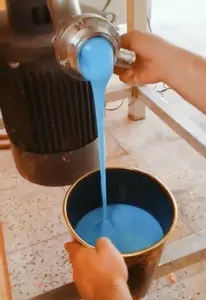





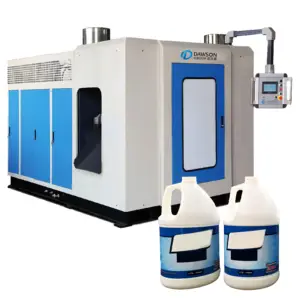
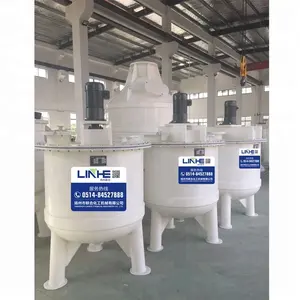
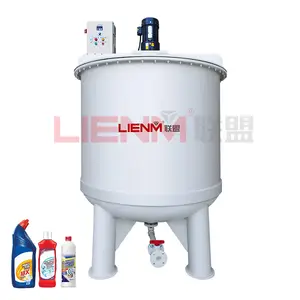




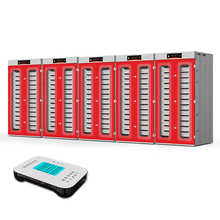
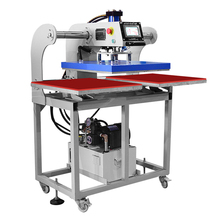
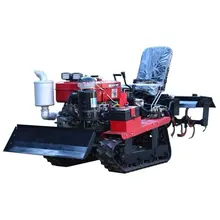






























 浙公网安备 33010002000092号
浙公网安备 33010002000092号 浙B2-20120091-4
浙B2-20120091-4